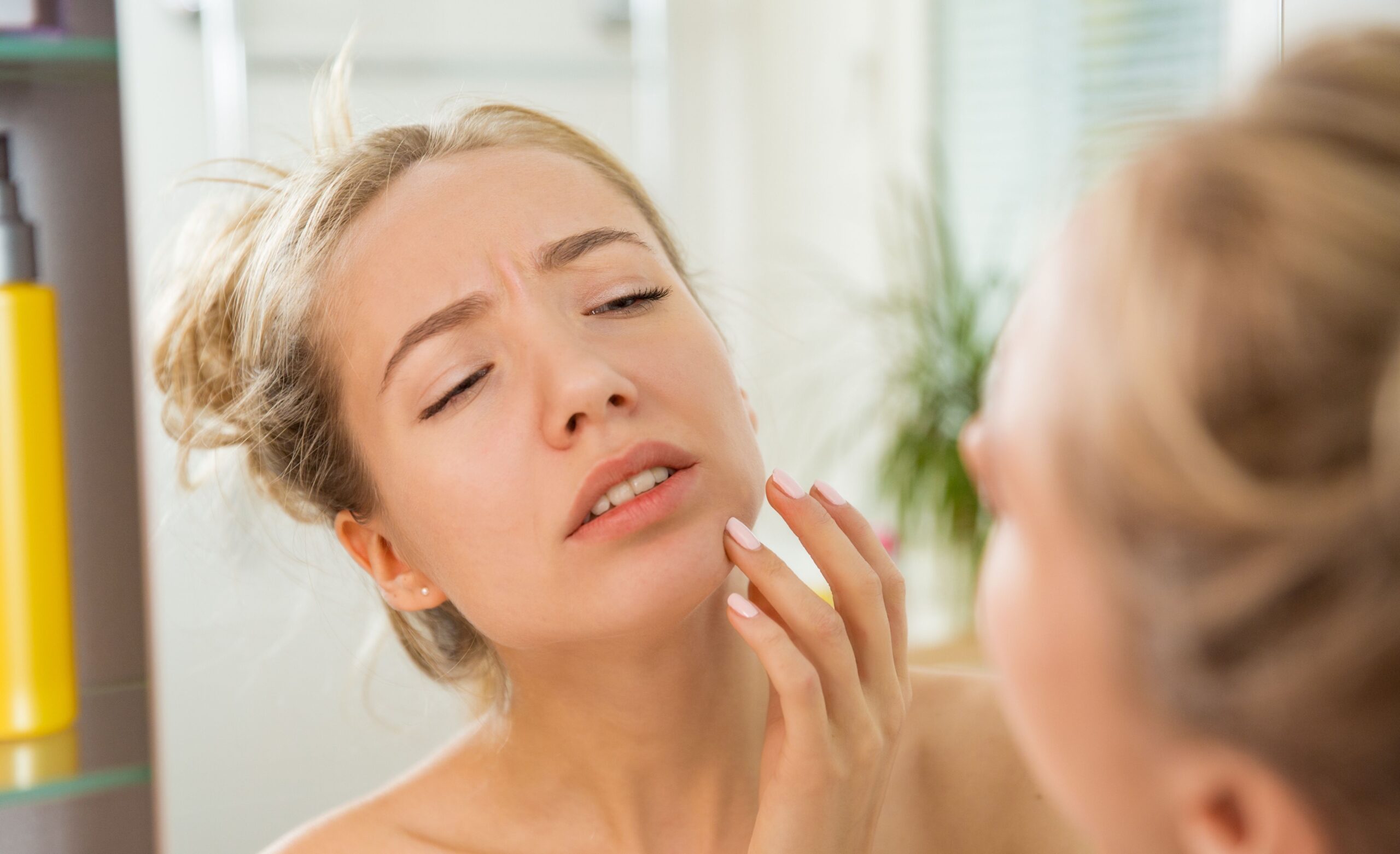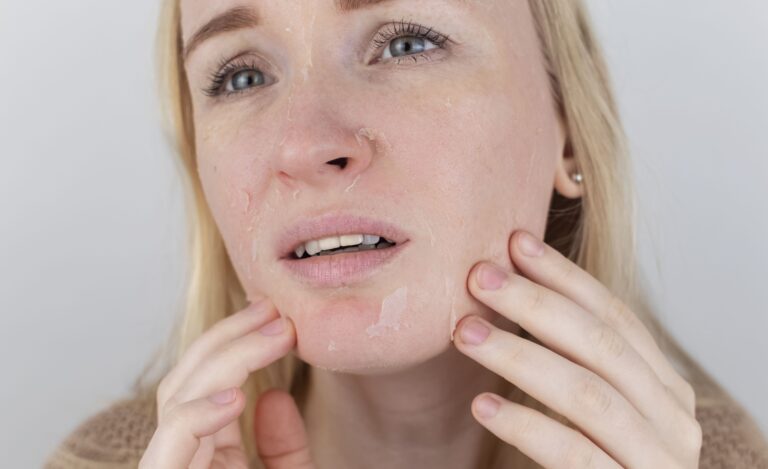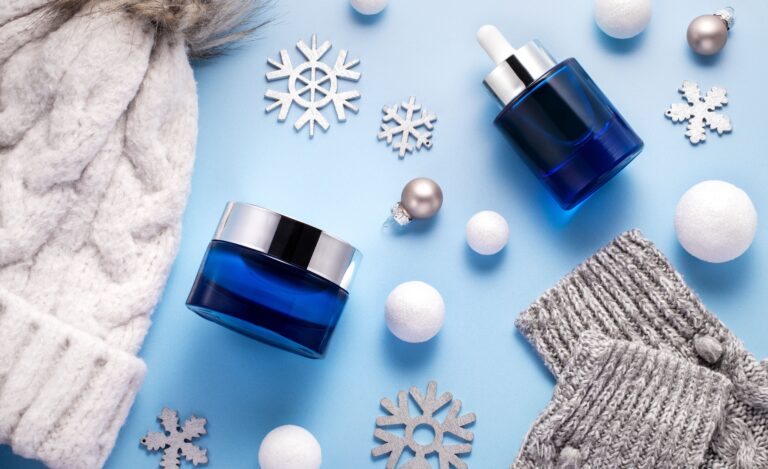Your skin barrier is your first line of defense against environmental stressors, bacteria, and moisture loss. When it becomes compromised, your skin may become sensitive, irritated, or prone to breakouts. Understanding how to recognize and heal a damaged skin barrier is crucial for maintaining healthy, resilient skin.
What Is the Skin Barrier?
The skin barrier, also known as the stratum corneum, is the outermost layer of the skin. It consists of skin cells (corneocytes) and lipids that create a protective shield, preventing water loss and keeping irritants out. When this barrier is healthy, your skin feels smooth, hydrated, and resilient.
Signs of a Damaged Skin Barrier
A compromised skin barrier can manifest in several ways, including:
✔ Increased sensitivity – Skin reacts more easily to products and environmental factors.
✔ Redness and irritation – Persistent redness or burning sensations.
✔ Dryness and dehydration – Skin feels tight, flaky, or rough.
✔ Breakouts and inflammation – Increased acne, rashes, or small bumps.
✔ Itchiness or discomfort – Skin feels itchy or irritated without a clear cause.
✔ Delayed healing – Wounds, pimples, or scars take longer to heal.
Common Causes of Skin Barrier Damage
Understanding what weakens the skin barrier can help prevent further damage:
❌ Over-exfoliation – Frequent use of physical or chemical exfoliants.
❌ Harsh skincare ingredients – Ingredients like alcohol, sulfates, and high-strength acids can strip the skin.
❌ Skipping moisturizer – A lack of hydration weakens the barrier.
❌ Using too many actives at once – Combining strong ingredients like retinol, AHAs, and benzoyl peroxide can overwhelm the skin.
❌ Environmental stressors – Pollution, sun exposure, and harsh weather can deplete skin moisture.
❌ Compromised internal health – Poor diet, stress, and lack of sleep can affect skin health.
How to Heal a Damaged Skin Barrier
1. Simplify Your Skincare Routine
Switch to a minimal, gentle routine with hydrating and soothing ingredients.
✔ Use a mild, hydrating cleanser – Avoid foaming cleansers with sulfates.
✔ Stop exfoliating temporarily – Give your skin time to recover.
✔ Choose fragrance-free and hypoallergenic products – Reduce irritation.
2. Strengthen with Barrier Repair Ingredients
Look for products containing:
✔ Ceramides – Help restore and maintain the skin barrier.
✔ Hyaluronic Acid – Boosts hydration and plumps skin.
✔ Niacinamide – Reduces redness and strengthens the barrier.
✔ Panthenol (Vitamin B5) – Soothes and heals damaged skin.
✔ Centella Asiatica – Calms inflammation and supports recovery.
✔ Squalane – Provides lightweight, non-irritating moisture.
3. Keep Skin Hydrated
✔ Use a rich, nourishing moisturizer – Opt for one designed for barrier repair.
✔ Avoid hot water – Stick to lukewarm water when washing your face.
✔ Drink plenty of water – Hydration starts from within.
4. Protect Your Skin from Environmental Stressors
✔ Apply SPF daily – Use a broad-spectrum sunscreen with SPF 30+.
✔ Limit exposure to extreme temperatures – Avoid harsh winds and dry air.
✔ Use a humidifier – Helps maintain skin hydration, especially in dry climates.
5. Be Patient and Consistent
Healing a damaged skin barrier takes time and consistency. It can take anywhere from a few days to a few weeks, depending on the severity of the damage.
Final Thoughts
Your skin barrier is essential for healthy, resilient skin. If you notice signs of damage, simplify your routine, focus on hydration, and protect your skin. By making small changes, you can restore your barrier and achieve stronger, healthier skin.
Have you experienced a damaged skin barrier? What helped you heal it? Share your thoughts below!




